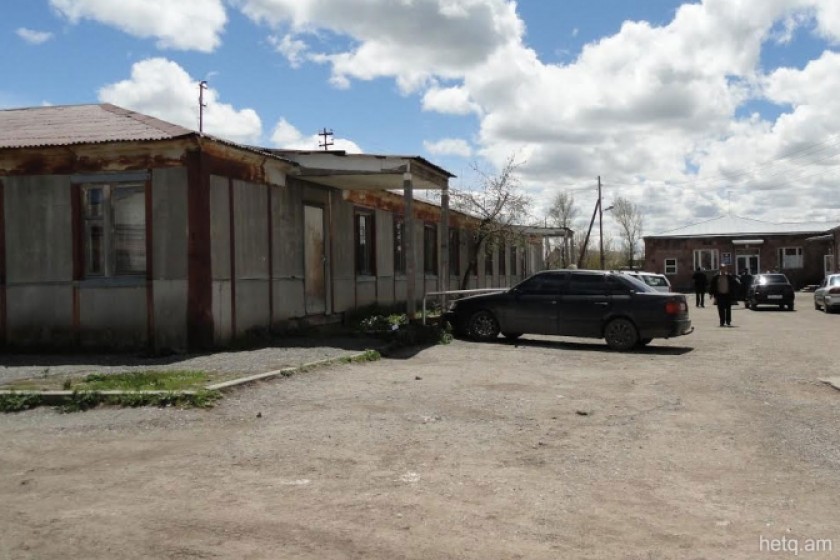
Only 5% of Akhuryan Medical Center’s Equipment Replaced in the Past Decade
The Akhuryan Medical Center is the only one in Lori region that operates in trailer-like conditions. The regional hospital in Akhuryan, which has a population of 10,000, was never renovated after the 1988 earthquake. The building was damaged and is slated for demolition.
Multiple hospital wards and polyclinic services were somehow all made to fit into a trailer-like structure. Only the infection and proctologic departments were moved to a permanent building.
Shoghik Makaryan, Executive Director of the Akhuryan Medical Clinic, said that moving the departments to a single, permanent building is no longer discussed.
 |
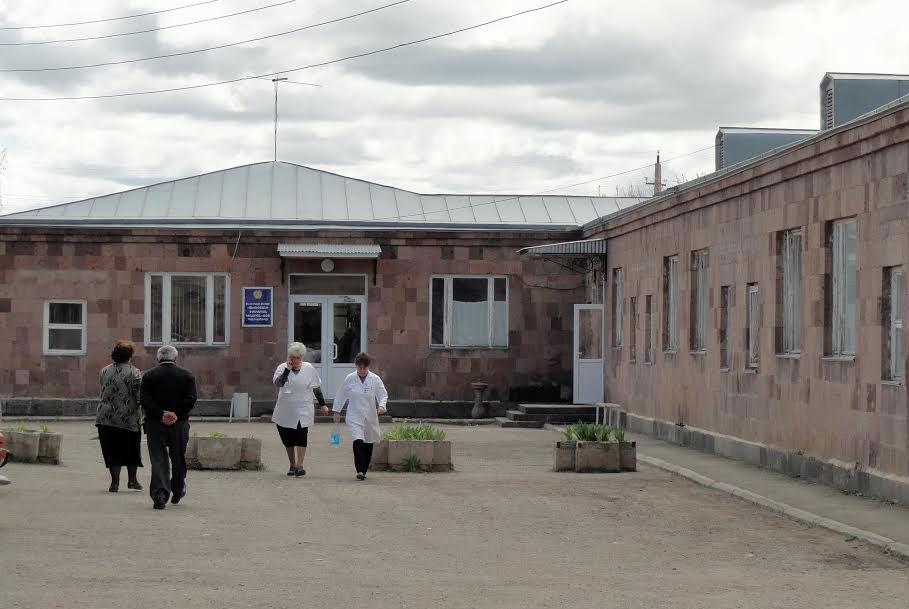 |
“The Mother and Child clinic functions nearby—in other words we no longer have a maternity ward,” Makaryan said. “We also don’t have a wide-spectrum surgery ward. Our physiotherapy, psychology and oncology services are unfortunately still offered in the temporary building. But there are two buildings on site that need renovations and can house our services.”
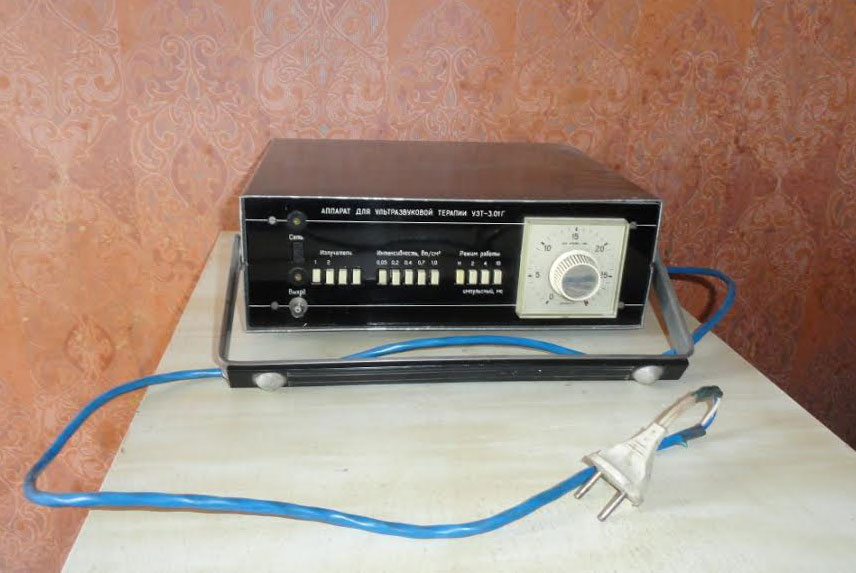
Until 2006, Akhuryan’s hospital, polyclinic and emergency ward were functioning apart, but they were merged in 2007. According to the primary health care program the Akhuryan Medical Center should serve 10,000 patients, and the outpatient services should be able to accommodate the 46,000 residents living in communities within the greater Akhuryan area.
The center receives 90 percent of its funding from the government, while 10 percent of the center’s budget comes from paid services. Salaries for 150 staff members are paid from a shoestring budget. The medical equipment was last upgraded 8-9 years ago.
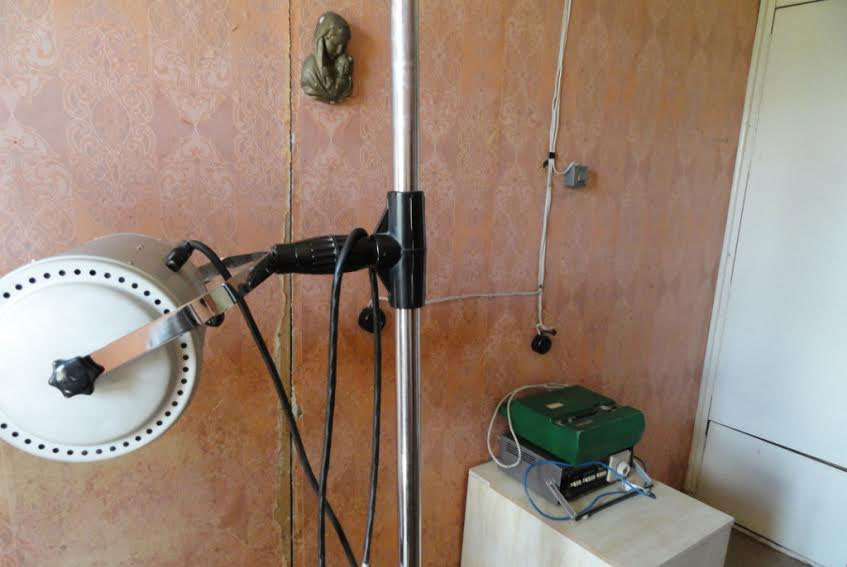
Equipment in the X-ray and physical therapy wards are in dire need of upgrading. X-ray technician Ofelya Hambaryan works in the former regional hospital’s laundry services building, which is where the X-ray department is now located. The department received new Siemens X-ray equipment, which is still in use, immediately after the 1988 earthquake.
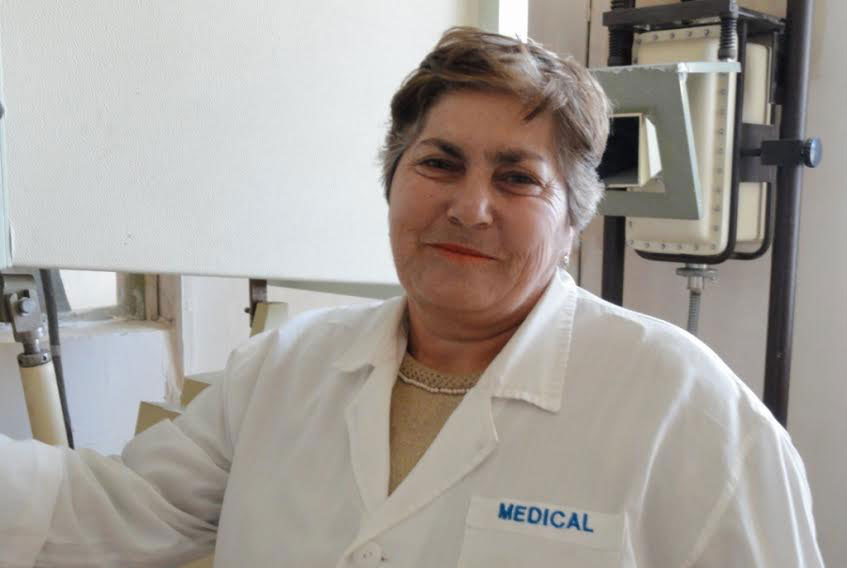
“The equipment no longer takes good images,” Hambaryan said. “If a patient is overweight we can’t take proper images of the lungs, so we suggest that they go elsewhere so we don’t increase the radiation dose. But if the patient is cash strapped and can’t go to another facility, they’ll request that we take the image anyway, that nothing harmful will happen to them.”
The facility where X-ray and photofluorographyservices are performed was renovated three years ago, but the water and drainage problems still need to be addressed.
“Before the earthquake everything functioned properly,” Hambaryan said. “Now they bring water in pails so I can process the film. You can’t even provide a glass of water to a patient who doesn’t feel well.”

The Akhuryan Medical Center is the first in line to have its 30-year-old medical equipment replaced. “Every year we present our priority list of equipment to the regional administration and the Ministry of Health,” Makaryan said. “They promise to help every time but there’s no progress. If our radiation equipment was any worse, the radiation institute wouldn’t let us continue any longer. They always come and check the levels, but the equipment is still operational.”
Radioscopy is not performed at the Akhuryan Medical Center because they lack the proper equipment. The two pieces of Soviet-era physiotherapy equipment were manufactured in 1979 and 1985. Parts for the electrocardiogram system were acquired two or three years ago. That was the last time any equipment was updated.
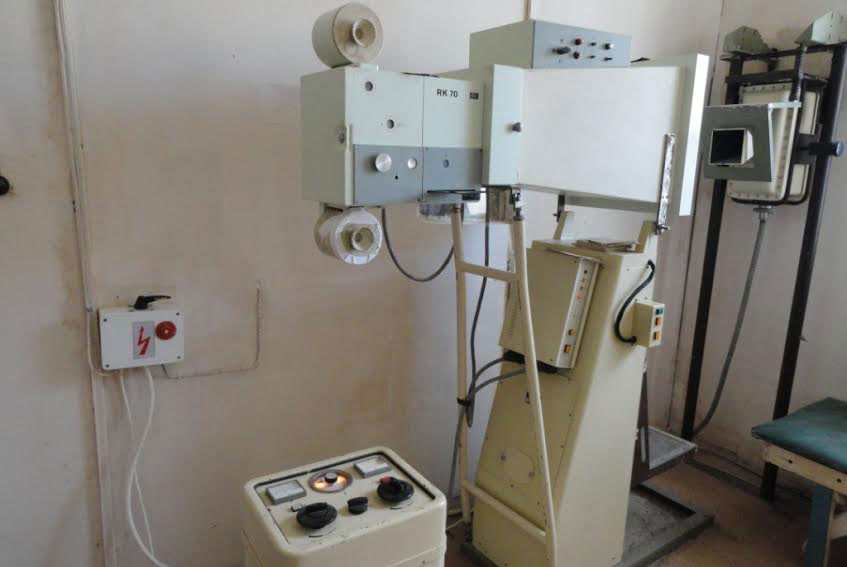
“We don’t have any latest-generation equipment. Five percent of our total equipment was updated in the last 10 years, and we’d like to see more than that, of course,” Makaryan said.
 Videos
Videos Photos
Photos




Write a comment